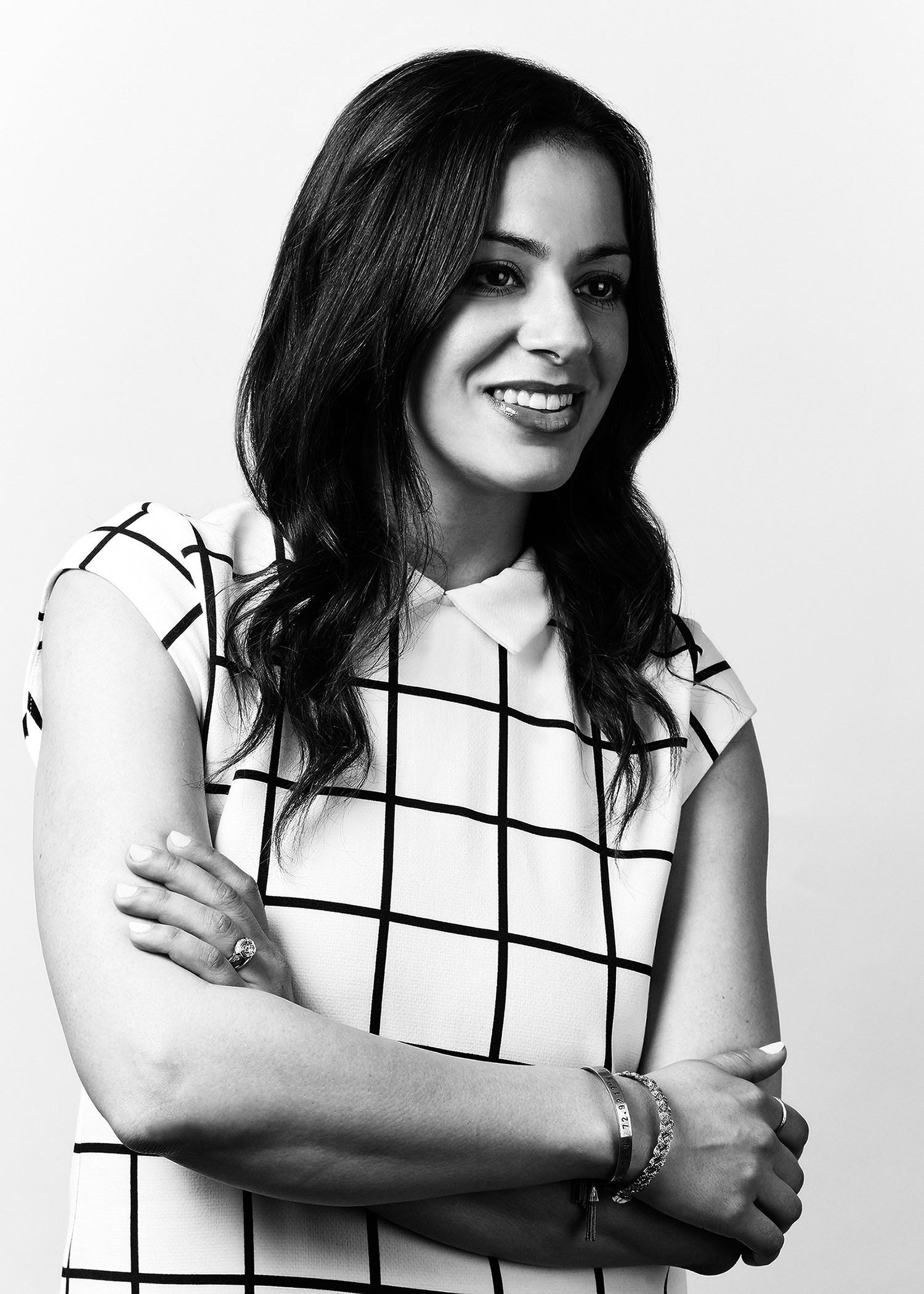How Macy’s Uses Omni-Channel to Reach Millennials

While Millennials are notorious for shopping everywhere but department stores, Macy’s Millennial strategy is an omni-channel approach, encouraging them to buy on every device they own—or maybe even in the store.

What Macy’s does know is that product and trend are the rules of attraction. Langenstein gives this example, “For spring ’14 we had an initiative to go after driving mocs. And so we had a wonderful assortment of them in different colors and fabrics. That alone created the excitement that brought guys in. We’re approachable when we have authority with trends.” Langenstein says spring 2015 is all about slim suits, especially the “new blue.” She elaborates, “This young professional is loving this beautiful blue and pairing it back with his tan shoes. We’re thinking the double monk is going to be great for him. And that really confident guy is going to wear it with a pair of whimsical socks. We have an Aztec print on the floor right now that he really loves. Our customer is feeling confident and being bold in several categories; socks is one of them.” Here, Langenstein reveals the Macy’s Millennial strategy.
On Private Brands
We break down private brands by psychographics; brand preference is usually by fit. We look at the different types of wearing occasions as well as his lifestyle and we build a brand to that. We have to identify who the customer is, what his lifestyle and wearing occasions are and what brand is going to satisfy that the best. Bar III is our tailored clothing brand geared to our fashionable guy, so it’s our fastest fashion and slimmest fit. American Rag is sportswear for an approachable guy who doesn’t want to be the first with trends, but wants to be in style with what’s happening. And because American Rag is a real store and has LA roots, there’s a lot of California-based lifestyle that influences this brand. So it’s casual; we don’t have American Rag suits. Alfani offers a more generous fit than Bar III, but not too generous; it’s more athletic. We’re finding that our customer wants to buy suit separates that fit him without alterations.
On What it Takes to Launch a Private Brand
We’re always looking to procure white space. We launch a brand because there’s been some type of change in the market: a big brand is either no longer attractive to the customer or has gone out of business. One of the things that we’re all looking at with the Millennial generation is their needs: What are they looking for? The addition of fast fashion chains from Europe (like Zara and H&M) has given the consumer access to great product at a friendly price point. So we launched Bar III because we realized that our customer wanted that fashionable product at an affordable price. When launching a new brand, the focus is always on the consumer: watching him, knowing whether we’re serving him well or not and knowing where there’s white space and when it’s time to launch a new brand.
On the Competition
Everyone is our competition and that is our greatest challenge. There are new websites popping up every day, new and different ways for customers to shop. So what we do is shop the competition. From a product development standpoint, we have to teach our people how to shop a store: it’s not something they already know how to do. One of the biggest things we look for is how customers react to product—is it folded vs. hung? We also focus on what’s left in the fitting rooms, so we know what they’re trying on but not buying. And what’s left on the floor. The best thing to do is look at the register line to see what people have in their hands and what they’re buying. That gives you an idea of what the customer is responding to. It’s not much different than what we do in our own stores because if we’re watching the customer, the most important person, we’ll get good information. That said, if all we did was track competition, there wouldn’t be time to do anything else! There’s a saying that goes, if you continue to drive while looking through the rearview mirror then you’ll eventually crash. You can’t keep that much attention on the competition: There’s too much out there. Terry keeps the customer in the center of all of our decisions, so we have to stay focused on our customer-centric strategy.
Molly on Terry
“When Terry took the helm, one of the first things he said was that we’d be a first-name basis company. Fast forward to today and that has really created this culture of openness. He has breakfast with new and young executives within our company, and no bosses are there; he meets directly with them and there’s this wonderful reciprocal relationship that comes from that. So even though we’re a big company, we feel that there is a sense of community and we feel smaller, because you know people by first name and feel like you have access to them.
“Terry always says, ‘Grow where you’re planted.’ And you hear him tell that to young people because they may come into the business with a passion for women’s shoes and end up in men’s tailored. But they grow where they’re planted because they can learn from any angle. That’s been really important.”








